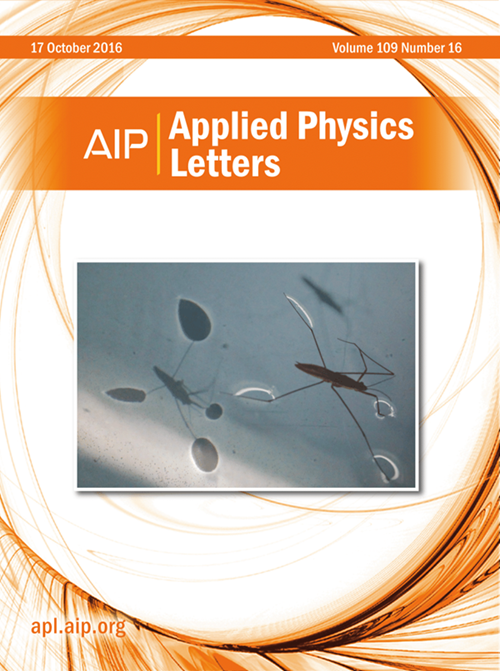通过微分超表面进行相位分区重建
IF 3.5
2区 物理与天体物理
Q2 PHYSICS, APPLIED
引用次数: 0
摘要
相位重建在光学测量领域有着广泛的应用。提出了一种基于差分超表面的相位分区重建方法,通过捕获水平方向和垂直方向的偏置图像提取相位梯度进行分区重建。这种方法可以同时进行边缘检测和相位重建,同时利用超表面的独特优势,包括其紧凑性,高定制潜力和易于集成到小型化光学系统中。此外,相位分区重建方法有效地提高了相位信息测量的分辨率和质量。理论和实验结果都表明,该方法具有卓越的性能,为需要有效集成到现有系统中的光学测量提供了一个有前途的解决方案。它还为制造、质量控制和材料科学的先进检测铺平了道路。本文章由计算机程序翻译,如有差异,请以英文原文为准。
Phase zonal reconstruction via differential metasurface
Phase reconstruction has a wide range of application in the field of optical measurement. A phase zonal reconstruction method using differential metasurface is proposed, where bias images in horizontal and vertical directions are captured to extract phase gradients for zonal reconstruction. This approach enables simultaneous edge detection and phase reconstruction while leveraging the unique advantages of metasurface, including their compactness, high customization potential, and ease of integration into miniaturized optical systems. Furthermore, the phase zonal reconstruction approach effectively enhances the resolution and quality of phase information measurement. Both theoretical and experimental results demonstrate that this method delivers exceptional performance, offering a promising solution for optical measurements that require efficient integration into existing systems. It also paves the way for advanced detection in manufacturing, quality control, and materials science.
求助全文
通过发布文献求助,成功后即可免费获取论文全文。
去求助
来源期刊

Applied Physics Letters
物理-物理:应用
CiteScore
6.40
自引率
10.00%
发文量
1821
审稿时长
1.6 months
期刊介绍:
Applied Physics Letters (APL) features concise, up-to-date reports on significant new findings in applied physics. Emphasizing rapid dissemination of key data and new physical insights, APL offers prompt publication of new experimental and theoretical papers reporting applications of physics phenomena to all branches of science, engineering, and modern technology.
In addition to regular articles, the journal also publishes invited Fast Track, Perspectives, and in-depth Editorials which report on cutting-edge areas in applied physics.
APL Perspectives are forward-looking invited letters which highlight recent developments or discoveries. Emphasis is placed on very recent developments, potentially disruptive technologies, open questions and possible solutions. They also include a mini-roadmap detailing where the community should direct efforts in order for the phenomena to be viable for application and the challenges associated with meeting that performance threshold. Perspectives are characterized by personal viewpoints and opinions of recognized experts in the field.
Fast Track articles are invited original research articles that report results that are particularly novel and important or provide a significant advancement in an emerging field. Because of the urgency and scientific importance of the work, the peer review process is accelerated. If, during the review process, it becomes apparent that the paper does not meet the Fast Track criterion, it is returned to a normal track.
 求助内容:
求助内容: 应助结果提醒方式:
应助结果提醒方式:


